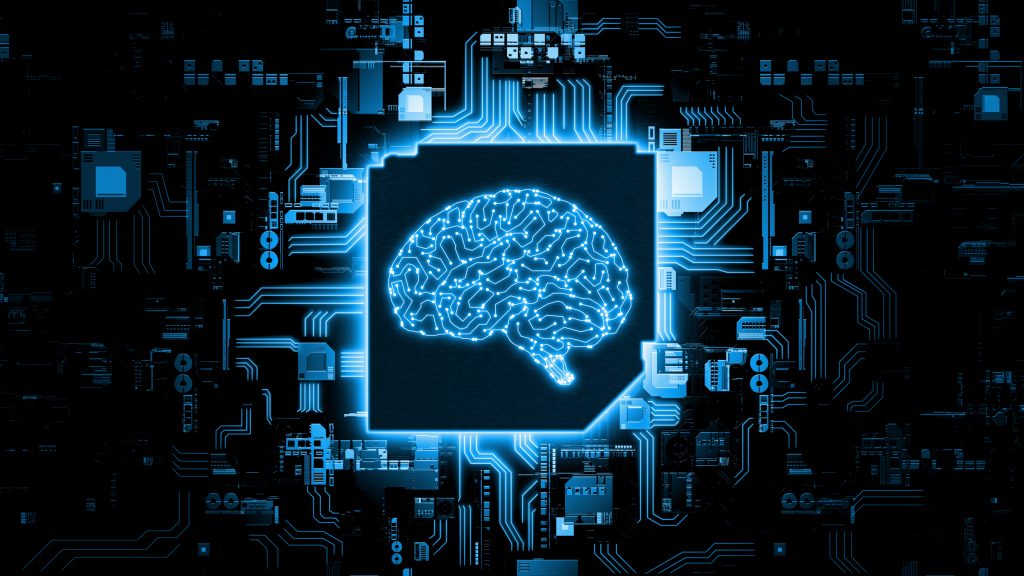Types of Machine Learning

Given its ability to evolve, it is a unique type of AI. There are many types of ML, each with its own advantages and disadvantages. However, 4 of them are heavily used: supervised, unsupervised, semi-supervised and reinforcement learning.
Supervised learning
Supervised learning means that someone is watching your learning process. The same goes with the machines. They are given fully labeled data while training an algorithm. This means that each example in the set has its own label and the algorithm should come up with its new answer.
For example, a labeled dataset of animals is given to the machine. Each animal has its own label. The machine should “read” them and then, when a new picture of an animal is shown, the machine should come up with the correct answer from what it has learnt.
Unsupervised learning
When supervised learning simply isn’t useful anymore for a given task, the unsupervised learning comes in handy. Even scientists ask the algorithm some questions to which they don’t know the answer. When this type of machine learning is used, there aren’t given explicit instructions to the machine, but rather the desired outcome.
There’s an interesting part of the unsupervised learning methods called clustering. The algorithm is given, for example, a dataset of animals and it has to classify them, according to their similarity. Another interesting aspect would be the anomaly detection in users’ shopping behaviours. Let’s take a real-life example: if someone uses a card to pay for something from two very far away locations, the robot detects this and classifies it as an anomaly.
Though it’s very interesting, the accuracy of unsupervised learning is questionable sometimes.
Semi-supervised learning
The semi-supervised learning contains both labeled and unlabeled datasets. A classical real-life example of semi-supervised learning is speech analysis, like Amazon’s Alexa. Scientists managed to reduce the errors within this app by 22% by using semi-supervised learning.
Reinforcement learning
This type of machine learning is particularly used in video games. The robots are trying to find the best way of accomplishing a particular task or make their performance better on a specific task. When the robot takes action toward the goal, it gets a reward.
When we play with the bot, AI is used against us. In other words, it’s that annoying enemy some of us simply can’t defeat.
Just like humans, each machine learning algorithm is different. You just have to find the one that best suits your research needs.
Machine learning for NGOs

As you can see, there are lots of real-life applications that rely on Artificial Intelligence. Without this progress of technology, many modern apps that we use today would be impossible. Google and Facebook are just an example of companies that use AI in order to develop their products and systems.
However, there are many NGOs that simply don’t have the necessary money in order to complete their scientific research. That’s when Auxilio comes in their help. Because we want to support your cause and help the whole community, we are giving away 10 tickets of Q.4XLARGE packages, so that your NGO can successfully complete its tasks.
In order to give your nonprofit organization a chance to change the world we’re living in for better, Auxilio will provide you with one of the best GPU cloud systems on the market for free. It’s important that you have a legit cause and don’t want to use it for mining cryptos or try to resell your coupon.
Conclusion
In conclusion, AI has become such an important part of our lives that the modern way of living would be impossible without it. There are many branches of Artificial Intelligence, machine learning being one of them. There are 4 main types of machine learning methods and each of them is useful for different purposes. If your NGO has a valid cause and wants to bring a change in the world, Auxilio supports your machine learning process. All you have to do is tell us about your cause. We will definitely love it!
Block "214" not found

